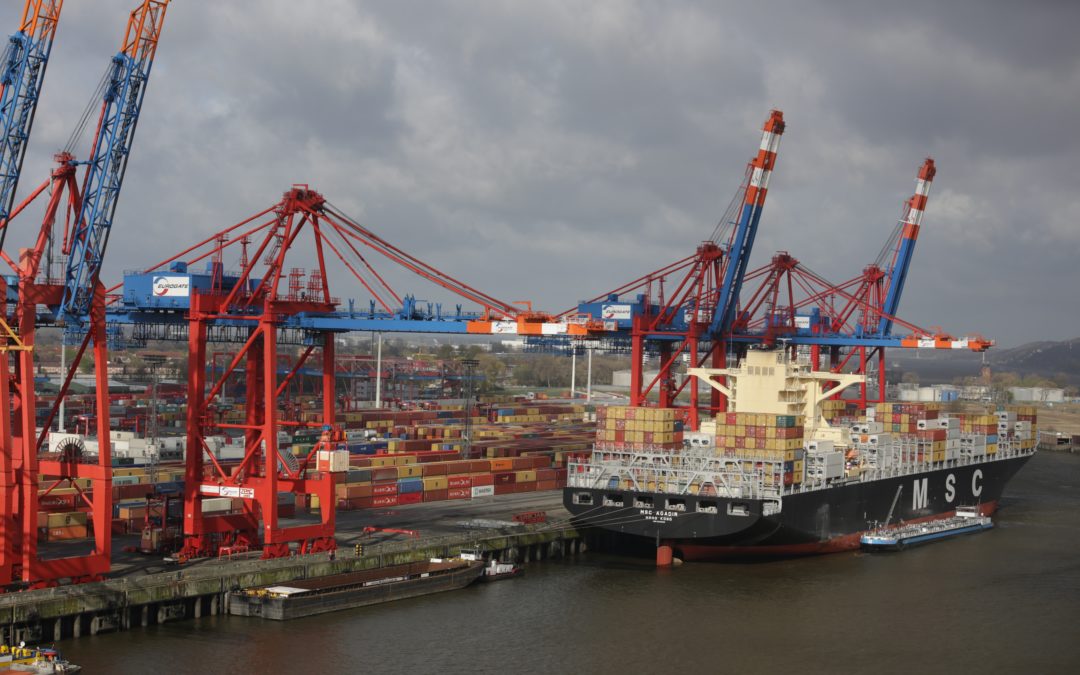Both ships and the technology used for container shipping have developed throughout the years. In this article, “The Evolution of Container Ships”, I have compiled the changes that the shipping container and ships have undergone throughout the years.
Until 1956, international cargoes were manually packaged and loaded into ships by port workers. Likewise, this process was repeated when the vessel arrived at the destination port.
In 1937, Malcom McLean, the owner of a trucking company in North Carolina, realized how time-consuming the process of loading and unloading was. He saw what a waste of time and money the loading transport was.
Why not create a standard-sized trailer that could be loaded onto boats in the volume of not one or two, like with his trucks, but in hundreds. He envisioned revolutionizing his transportation business by removing most of his trucks and using boats to transport goods to strategically-placed trucking hubs.
By this method, trucks and their trailers are loaded onto the vessel by means of cranes.
This process continued until 1956, when McLean had another idea. He developed the first container ship from a tanker, known as Ideal X, and loaded 58 containers onto the ship. The following year, he built a larger container ship, Gateway City, which could carry 226 containers.
Thanks to the container shipping system that McLean established, the length of time that vessels stay in the port has been shortened and the need for port personnel has also been reduced. Loads are placed in a container and secured, thus preventing theft. These processes became more standard and other companies followed McLean’s ideas.
The standard chunk of Lorem Ipsum used since the 1500s is reproduced below for those interested. Sections 1.10.32 and 1.10.33 from “de Finibus Bonorum et Malorum” by Cicero are also reproduced in their exact original form, accompanied by English versions from the 1914 translation by H. Rackham.

